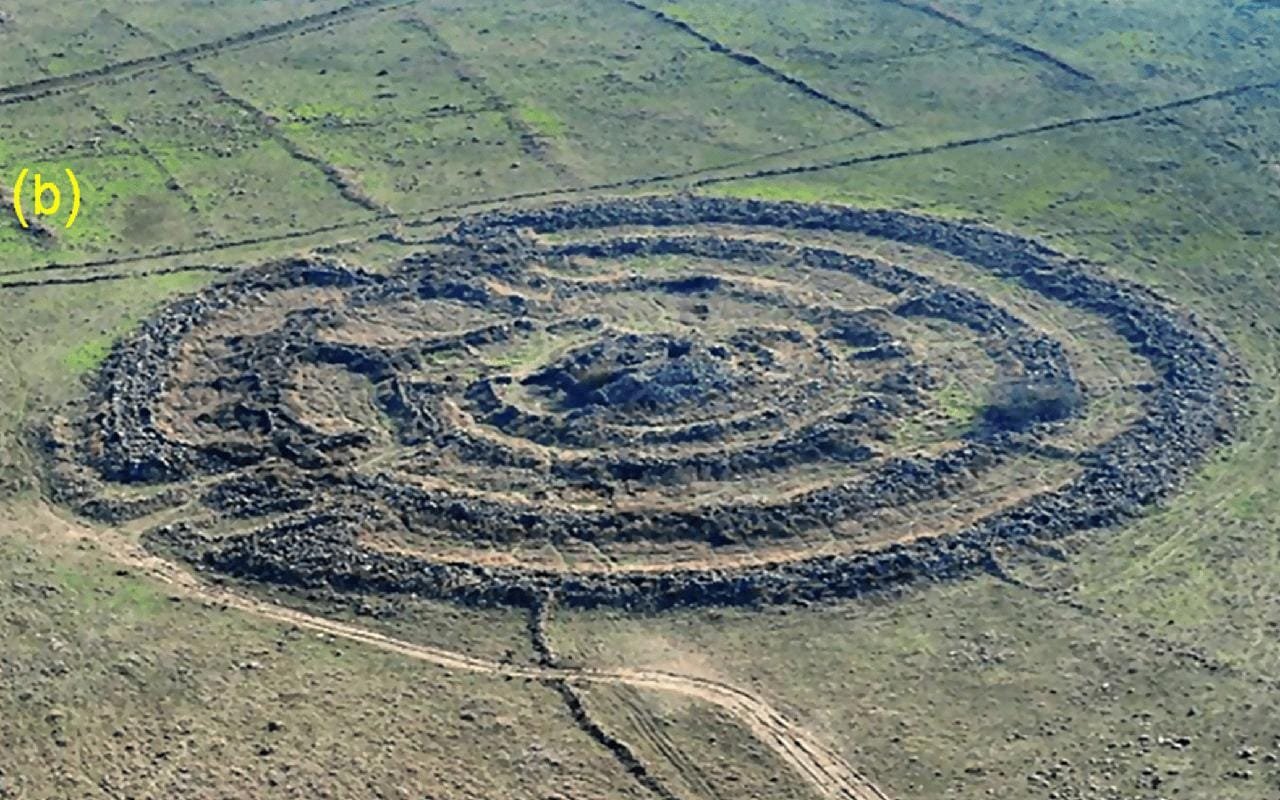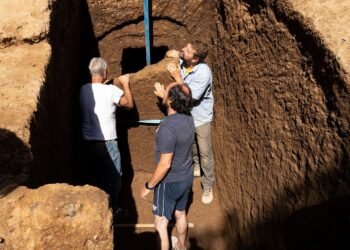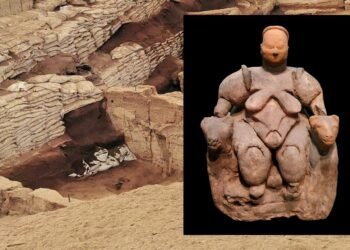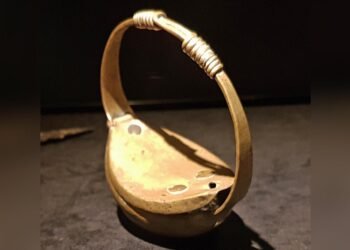Rujm el-Hiri is a mysterious megalithic monument in the Golan Heights known as the “Wheel of Ghosts” or the “Stonehenge of the East.” Long believed to be a kind of astronomical observatory, new research published in the journal Remote Sensing has put that idea in doubt and proposes alternative reasons for its existence.

Led by Dr. Olga Khabarova and Prof. Lev Eppelbaum, a multidisciplinary team from Tel Aviv University and Ben-Gurion University of the Negev conducted a comprehensive study that combined geomagnetic analysis with advanced remote sensing technologies.
Their findings indicate that tectonic displacements, occurring over 150 million years at a rate of 8–15 millimeters per year, have significantly altered the walls and entrances of the structure. These movements, which rotated the site counterclockwise and shifted it by tens of meters, undermine the long-held belief that Rujm el-Hiri’s design was aligned with celestial phenomena such as solstices and equinoxes.
According to the research team, “The findings show that the entrances and radial walls during that historical period were entirely different, reopening the question of the site’s purpose.” By reconstructing the sky map as it would have appeared between 2500 and 3500 BCE, they found no evidence to support astronomical alignment in its original orientation.

Made with more than 40,000 tons of basalt rocks, the site’s concentric stone circles and central burial mound have generated a plethora of theories about its purpose, including religious ceremonies and agricultural or communal uses. The Hebrew name for the site, Gilgal Refaim, or “Wheel of Giants,” also seems to refer to biblical reports of ancient giants.
Using satellite imagery and geomagnetic data, the team mapped the archaeological landscape within a 30-kilometer radius of the site. The survey discovered several such features of circular forms varying between 40 and 90 meters in diameter, high thick walls, and enclosures about 20 meters in diameter. Their function was probably agricultural or pastoral. Additionally, dozens of burial mounds, or tumuli, were documented, some of which may have functioned as storage facilities, shelters, or dwellings.
While the study challenges the idea of Rujm el-Hiri as an observatory, it opens new avenues for understanding its role within the broader cultural and socio-economic context of the Golan Heights during the Chalcolithic and Early Bronze Age periods.

























Comments 0